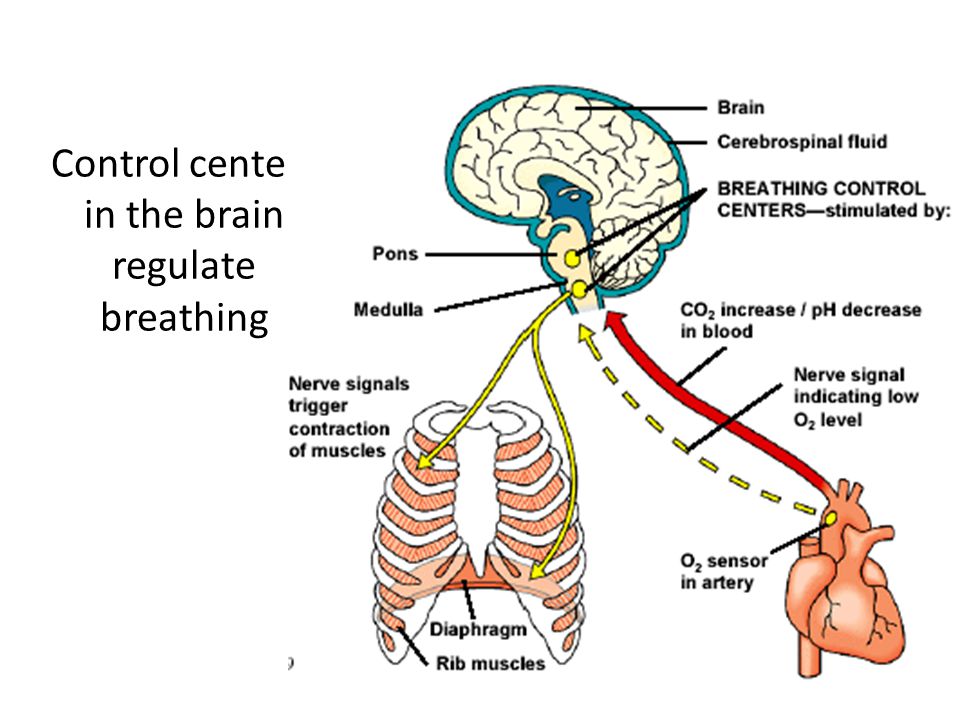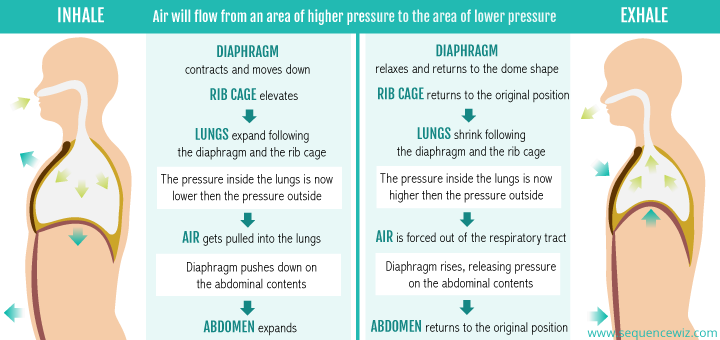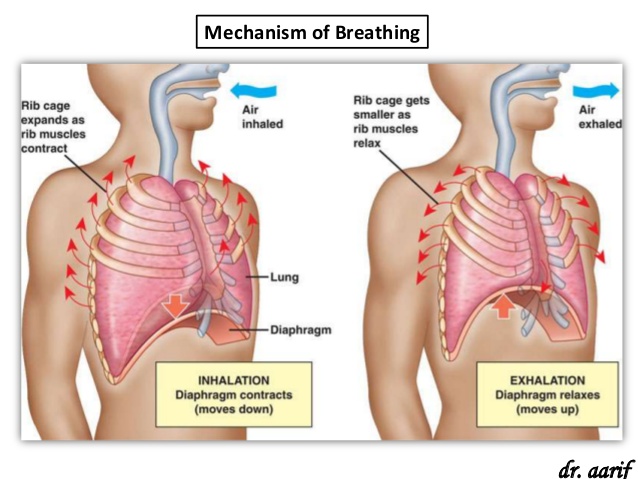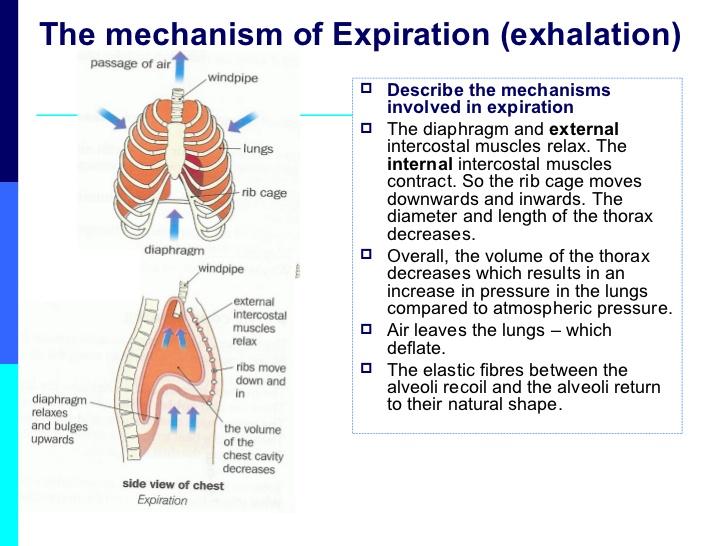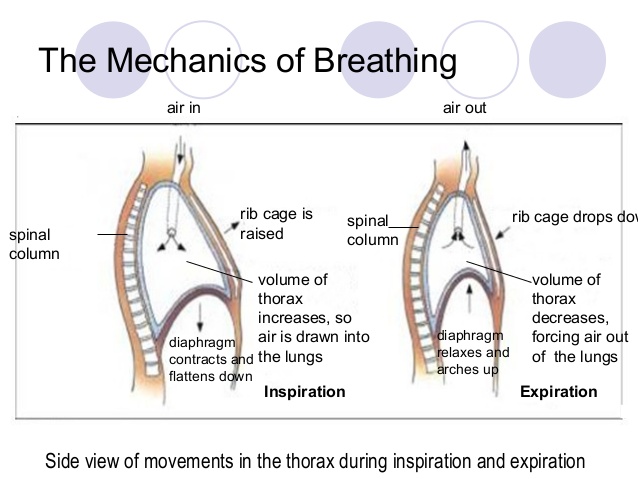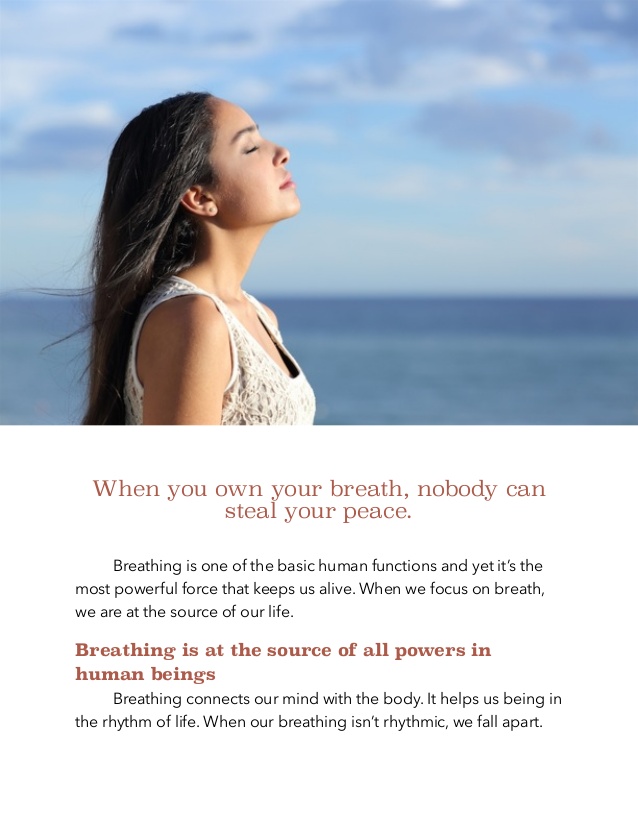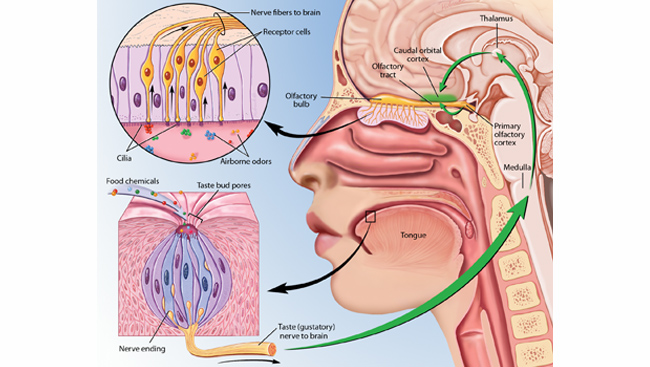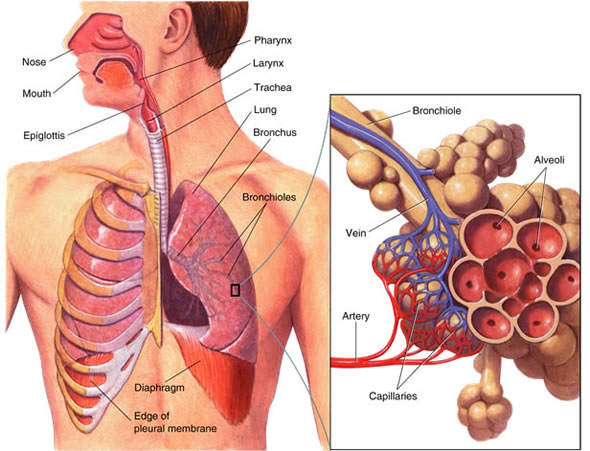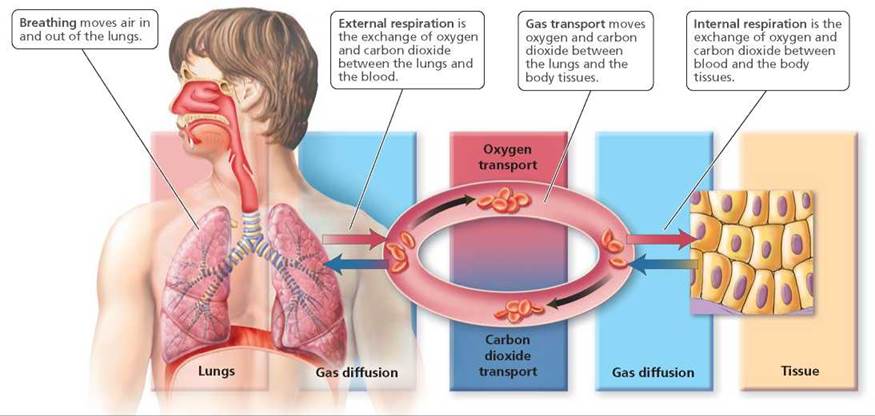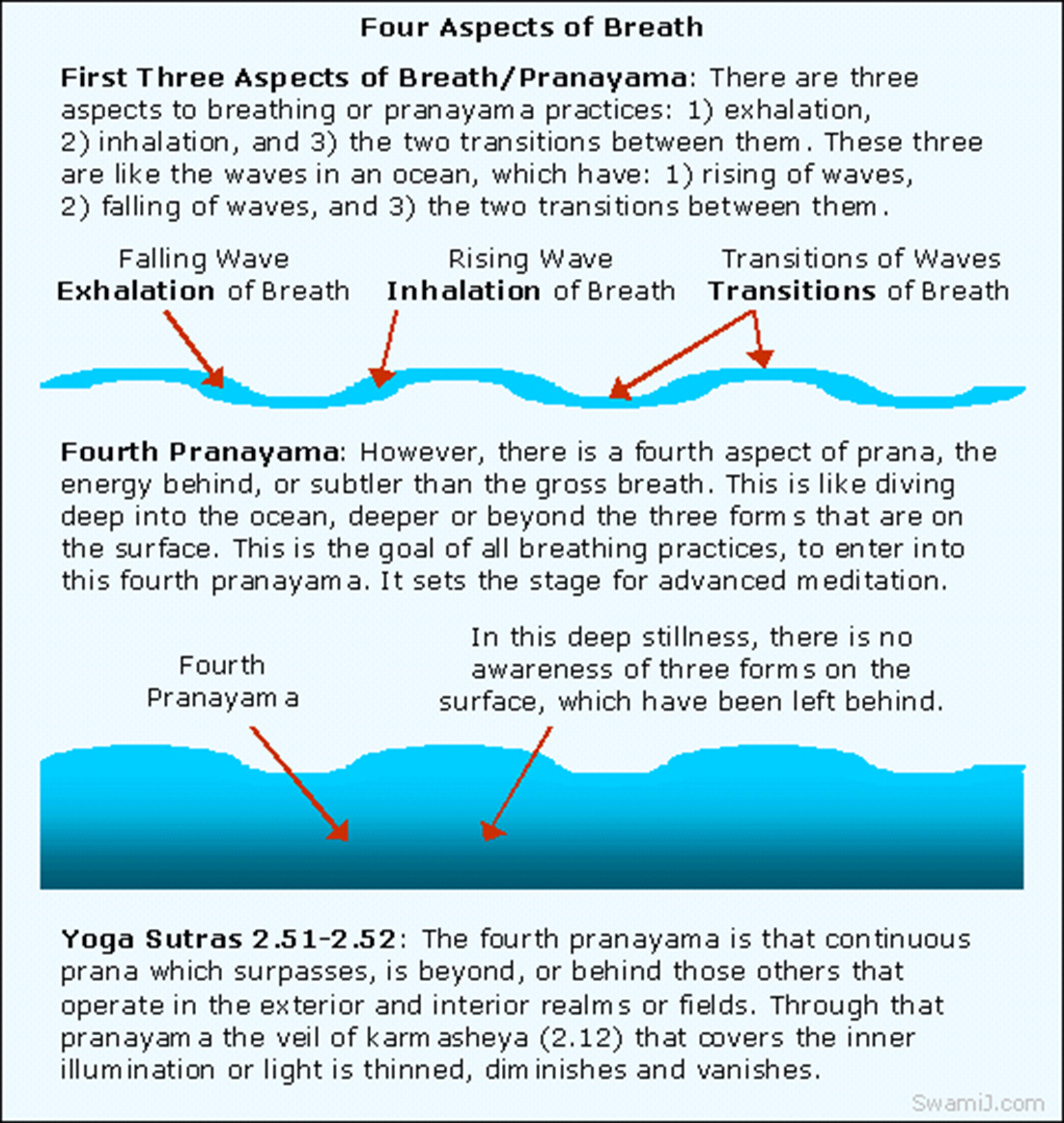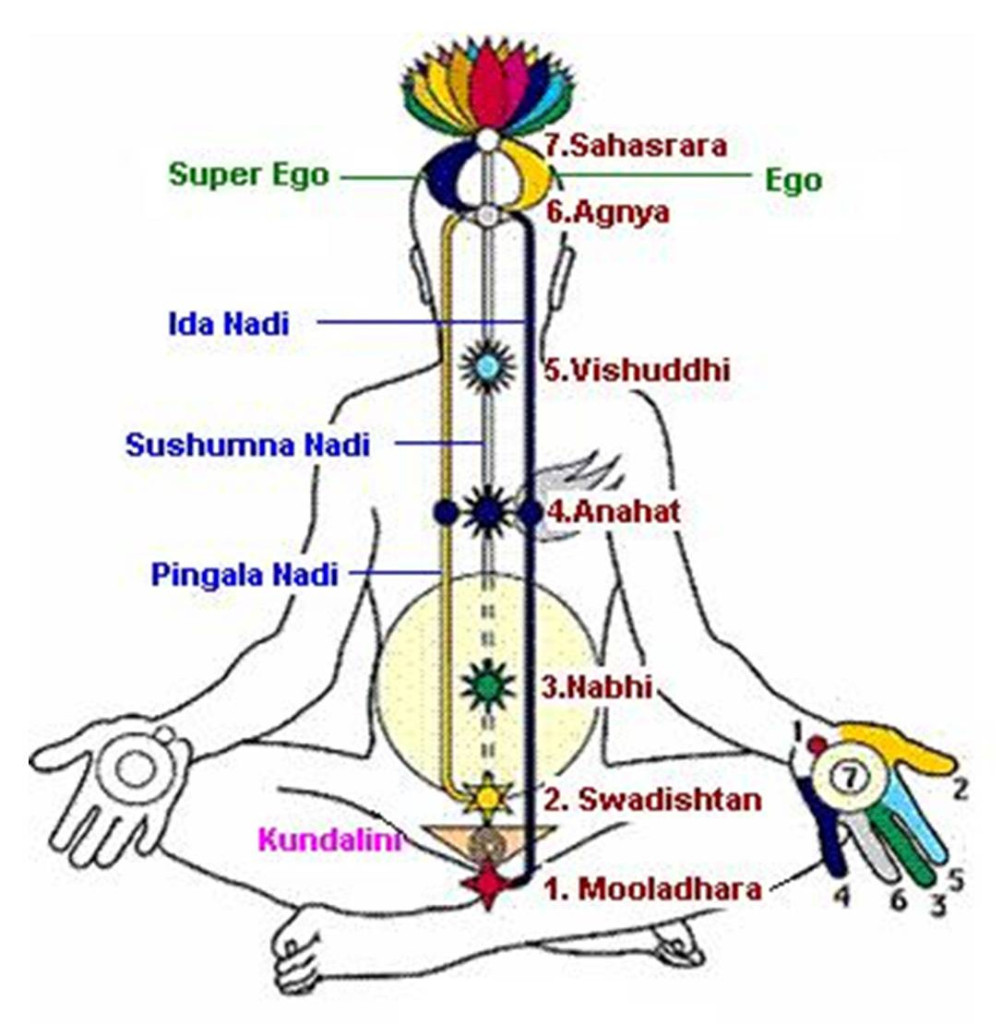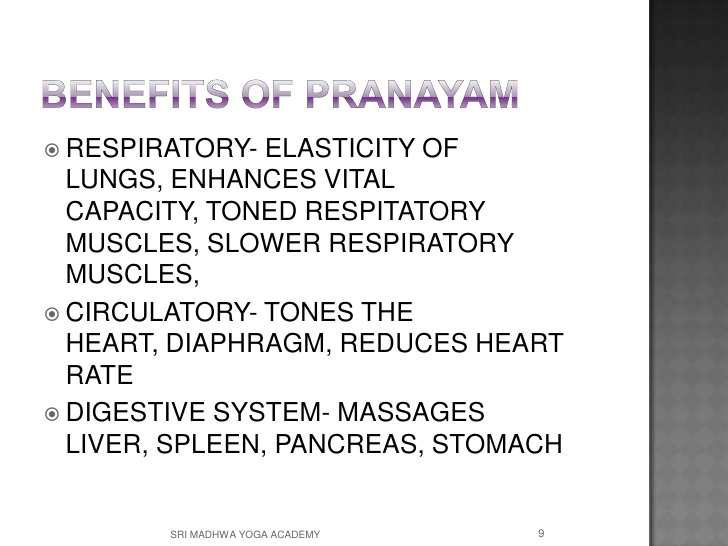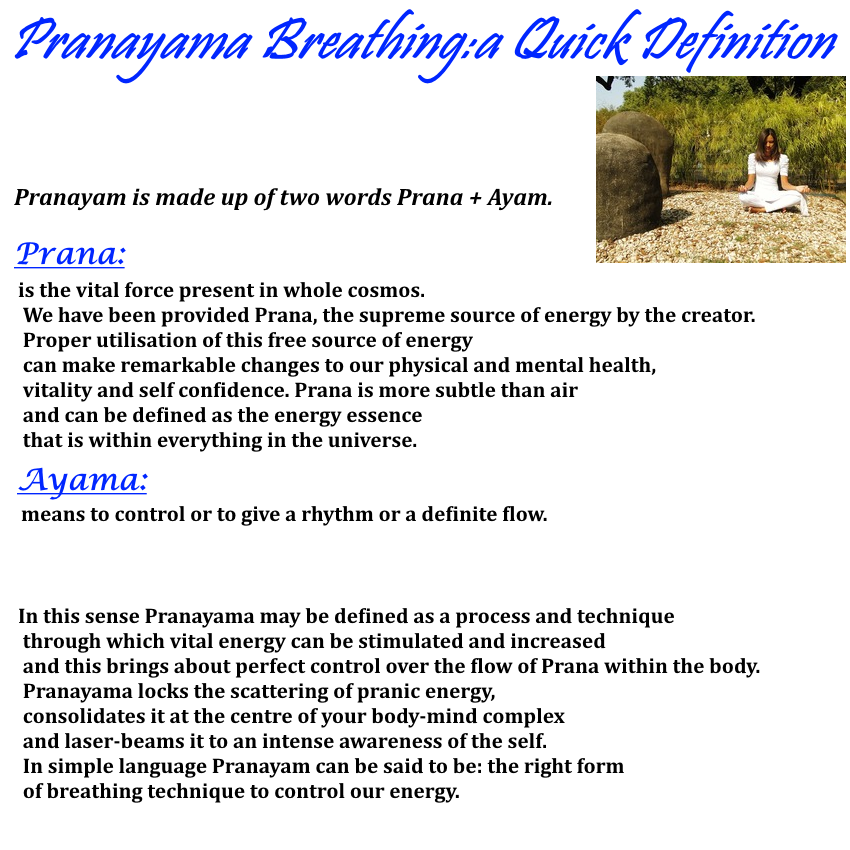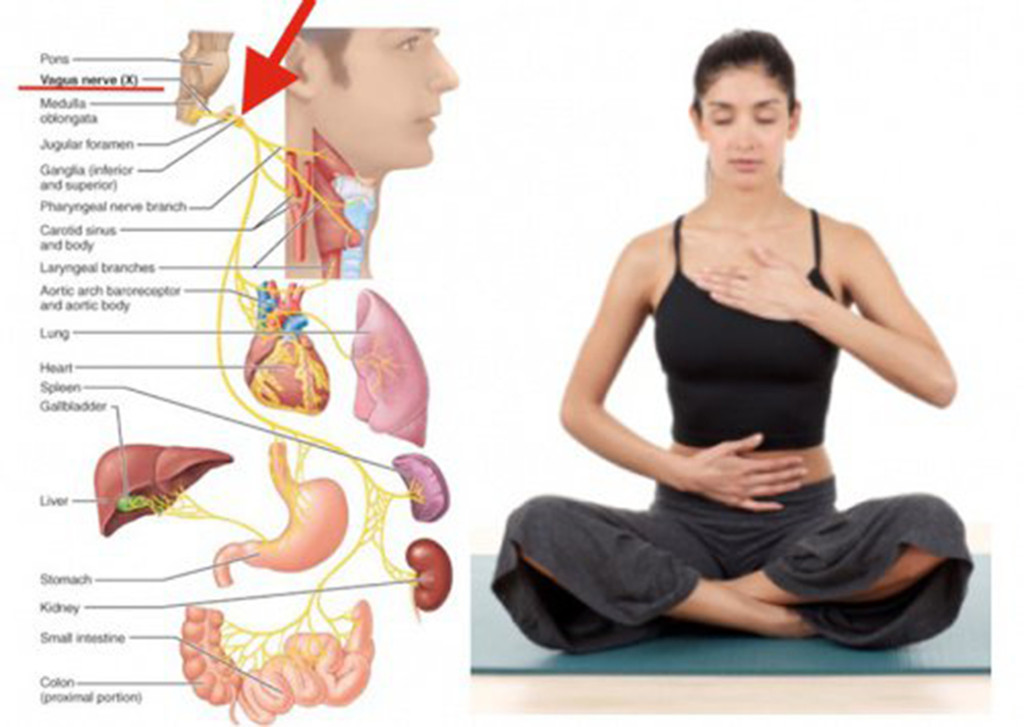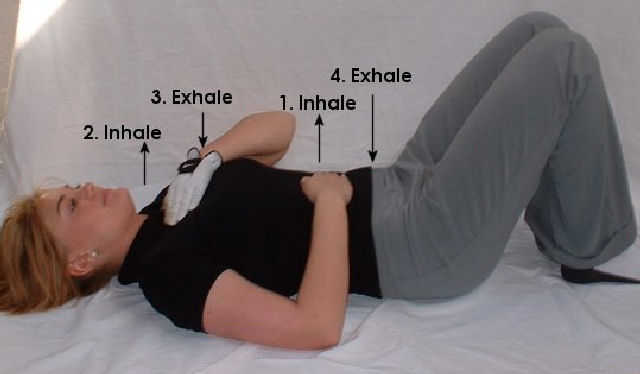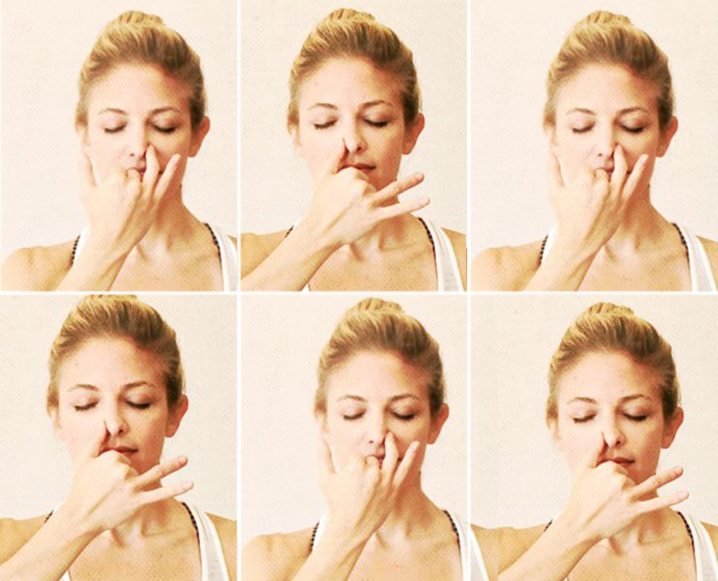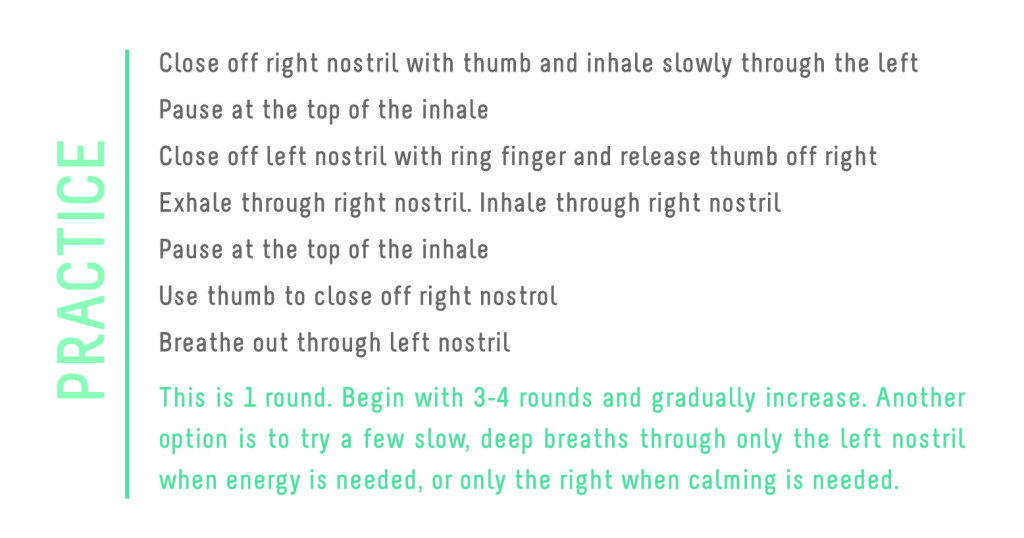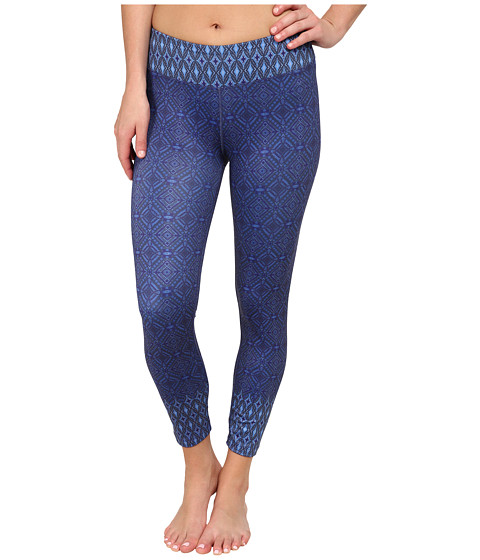The connection of Breath to beauty and wellness
Breathing
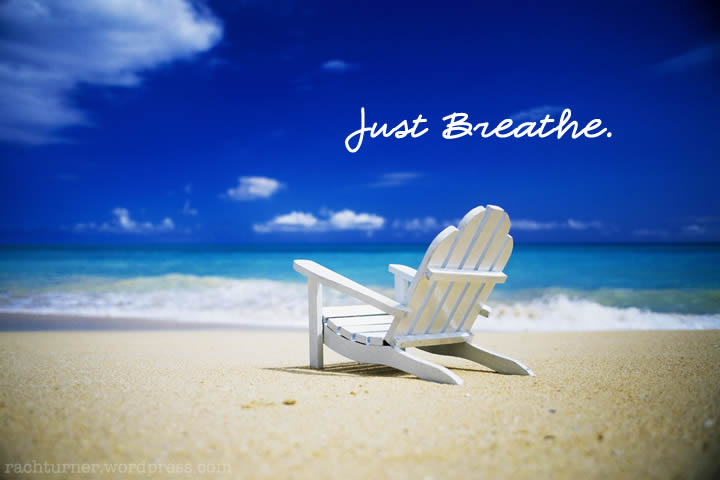
Hello and welcome to week 258, thank you for all your support and feedback, we are very grateful for your visits to the blog from all of us at Isabel’s Beauty Blog.In this post we are sharing information on Breathing, We often get asked why do you have posts about health concerns, nutrition and spiritual matters, it is very a simple answer actually, for us it is a connection of body, mind and spirit that we all share and there is not doubt in our minds about it. I grew up with that knowledge and in the history of the planet these facts are well documented, with that said, it is commonsense if you think about that if you are not happy it definitely shows in our overall looks, even when we are extreme beauties, the unhappy attitude won’t really take us far when we have imbalances either internally or externally, there is something about that that is not so beautiful won’t you agree? So breathing is one of those facts that is imperative to address. In Chinese Medicine the lungs rule skin!! so there is a great reason to keep the respiratory system in top shape. Posture plays a great roll on breathing and incorrect posture is not very beautiful, so as you can see the overall balance is what keeps our external and internal beauty in shape. Enjoy the post and remember to share with family and friends, we wish you health, happiness and ideal wealth.
What Controls Your Breathing?
According to http://www.nhlbi.nih.gov/health/health-topics/topics/hlw/controls
At the base of your brain is a respiratory control center that controls your breathing. This center sends ongoing signals down your spine and to the muscles involved in breathing.
These signals ensure your breathing muscles contract (tighten) and relax regularly. This function allows your breathing to happen automatically, without you being aware of it, is pretty amazing don’t you think aside from al the work that the body does with us running around all day!.
To a limited degree, you can change your breathing rate, such as by breathing faster or holding your breath. Your emotions also can change your breathing. For example, being scared or angry can affect your breathing pattern, thinking, crying, excited etc,.
Your breathing will change depending on how active you are and the condition of the air around you. For example, you need to breathe more often when you do physical activity. In contrast, your body needs to restrict how much air you breathe, if the air contains irritants or toxins to protect us from it.
To adjust your breathing and changing needs, your body has many sensors in your brain, blood vessels, muscles, and lungs.
Sensors in the brain and in two major blood vessels (the carotid (ka-ROT-id) artery and the aorta) major blood vessels,detect carbon dioxide or oxygen levels in your blood and change your breathing rate as needed, it is just amazing what the body does and we are not even aware of its work.
Sensors in the airways detect lung irritants. The sensors can trigger sneezing or coughing. In people who have asthma, the sensors may cause the muscles around the airways in the lungs to contract and tighten. This makes the airways smaller.
Sensors in the alveoli (air sacs) can detect fluid buildup in the lung tissues. These sensors are thought to trigger rapid, shallow breathing.
Sensors in your joints and muscles detect movement of your arms or legs. These sensors may play a role in increasing your breathing rate when you’re physically active.
What Happens When You Breathe?
Breathing In (Inhalation)
When you breathe in, or inhale, your diaphragm contracts (tightens) and moves downward. This increases the space in your chest cavity, into which your lungs expand. The intercostal muscles between your ribs also help enlarge the chest cavity to contain your different amounts of air inhaled. They contract to pull your rib cage both upward and outward when you inhale.
As your lungs expand, air is sucked in through your nose or mouth. The air travels down your windpipe and into your lungs. After passing through your bronchial tubes, the air finally reaches and enters the alveoli (air sacs).
Through the very thin walls of the alveoli, oxygen from the air passes to the surrounding capillaries (blood vessels). A red blood cell protein called hemoglobin (HEE-muh-glow-bin) helps move oxygen from the air sacs to the blood.
At the same time, carbon dioxide moves from the capillaries into the air sacs. The gas has traveled in the bloodstream from the right side of the heart through the pulmonary artery.
Oxygen-rich blood from the lungs is carried through a network of capillaries to the pulmonary vein. This vein delivers the oxygen-rich blood to the left side of the heart. The left side of the heart pumps the blood to the rest of the body. There, the oxygen in the blood moves from blood vessels into surrounding tissues.
Breathing Out (Exhalation)
When you breathe out, or exhale, your diaphragm relaxes and moves upward into the chest cavity. The intercostal muscles between the ribs also relax to reduce the space in the chest cavity.
As the space in the chest cavity gets smaller, air rich in carbon dioxide is forced out of your lungs and windpipe, and then out of your nose or mouth.
Breathing out requires no effort from your body unless you have a lung disease or are doing physical activity. When you’re physically active, your abdominal muscles contract and push your diaphragm against your lungs even more than usual. This rapidly pushes air out of your lungs.
BREATHING BEGINS IN THE NOSE
According to: http://www.drstandley.com/bodysystems_respiratory.shtml
About 18 – 20 times a minute, you breathe in, keep in mind that this is an average count. When a doctor wants to know how are you breathing he or she puts his or her hand on your shoulder or back and looks at the clock, they are keeping track of how many times you breathe within one minute. This is how one of your vital signs is measured, called “respiration.”
When you breathe, you inhale air and pass it through your nasal passages where the air is filtered, heated, moistened and enters the back of the throat. The esophagus (food tube) is located at the back of the throat and the trachea (windpipe) for air is located at the front of the throat. When you eat, a tiny flap called the “epiglottis” closes down to cover the windpipe so food won’t go down the wrong pipe. Here it is important to remember that breathing is meant to be done through the nose not the mouth for very specific biological reasons!.
WHAT ARE THOSE TINY AIR SACS FOR?
Air flows down through the windpipe, past the vocal cords (voice box), to where the lowest ribs meet the center of your chest. This is where your windpipe divides into two tubes which lead to each of the two lungs that fill most of your ribcage. Each lung feels just like a sponge. Inside each of your sponge-like lungs, there are tubes called bronchi which branch into even smaller tubes just like the branches of a tree. At the end of these tubes are millions of itty bitty bubbles or sacs called alveoli. If you were to spread out flat all of the air sacs in the lungs of an adult, the tissue would cover an area about the third of the size of a tennis court.
HOW DOES THE OXYGEN/WASTE EXCHANGE WORK?
This phenomenal exchange works with the assistance of the red blood cells in your bloodstream. Your red blood cells are like boxcars on a railroad track. They will show up at the sacs at just the right time, ready to trade in old carbon dioxide that your body’s cells have made for some new oxygen you just breathed in. During this process, the red blood cells turn from purple to a sparkling red color as they start carrying the oxygen to ALL the cells in your body.
WHAT HAPPENS TO THE CARBON DIOXIDE?
The carbon dioxide (waste) that your body made and now can’t use will go through the lungs, back up your windpipe and out with every single exhale. This is a chemical exchange of breathing in and out (inhalation/exhalation). This is an automatic process that you don’t even have to think about. Unless of course, you smoke, then you’d be depriving ALL of your cells of oxygen.
Pranayama
What is Prana and Where Did Pranayamas Come From?
According to: http://www.artofliving.org/us-en/yoga/breathing-techniques/yoga-and-pranayama
In the ancient Indian system of yoga they identified prana as the universal life force or energy which distinguishes the living from the dead, wow that is a checking point isn’t it?, and flows through thousands of subtle energy channels they called ‘nadis’ and energy centers called ‘chakras.’
These original yogic seers observed the power of the breath to increase one’s prana and developed special breathing techniques to increase life energy, maintain health and create a calm, clear state of mind that is conducive for meditation.
Where do the sources of Prana come from?
We get prana from food, rest, breath and by being in a calm, happy frame of mind.
There is more prana in fresh foods than canned ( it really relates to life force), frozen or stale foods. Similarly, vegetarian foods a said to be generally of high prana, while meat, being dead, is considered low or even negative prana, the fresher the source the more life in it, doesn’t that make sense?.
Sources of Prana can be found in fresh food than canned ( it really relates to life force), frozen or stale foods. Similarly, vegetarian foods is said to be generally of high prana, while meat, being dead, is considered low or even negative prana, the fresher the source the more life in it, doesn’t that make sense?.are And, as we will see in a moment, the way we breathe has a powerful effect on how we feel.
The Effects of High and Low Prana
It was discovered thousands of years ago that the quantity and quality of prana and the way it flows through the nadis (subtle energy channels) determines one’s state of mind, if you notice when we are stressed we hold our breath and bread from the top of our chest instead of our lower lungs.
Due to lack of attention, the energy channels in the average person may be partially blocked, making the flow of prana broken and jerky. This results in increased worry, fear, uncertainty, conflict, tension and other negative emotions.
When the prana level is high and its flow is continuous, smooth and steady, then the mind is calm, positive and enthusiastic.
Breathing for Life: The Mind-Body Healing Benefits of Pranayama
The Chopra Center
https://youtu.be/WxEqooqgCEs?list=PL4lXvdRDLPTW3tQ8dXFoXJf-XGFdUgqwL
Three Breathing Exercises
Andrew Weil, M.D.
from: http://www.drweil.com/drw/u/ART00521/three-breathing-exercises.html
“Practicing regular, mindful breathing can be calming and energizing and can even help with stress-related health problems ranging from panic attacks to digestive disorders.”
Andrew Weil, M.D.
Since breathing is something we can control and regulate, it is a useful tool for achieving a relaxed and clear state of mind. I recommend three breathing exercises to help relax and reduce stress: The Stimulating Breath, The 4-7-8 Breathing Exercise (also called the Relaxing Breath), and Breath Counting. Try each of these breathing teachniques and see how they affect your stress and anxiety levels.
Exercise 1:
The Stimulating Breath (also called the Bellows Breath)
The Stimulating Breath is adapted from yogic breathing techniques. Its aim is to raise vital energy and increase alertness.
- Inhale and exhale rapidly through your nose, keeping your mouth closed but relaxed. Your breaths in and out should be equal in duration, but as short as possible. This is a noisy breathing exercise.
- Try for three in-and-out breath cycles per second. This produces a quick movement of the diaphragm, suggesting a bellows. Breathe normally after each cycle.
- Do not do for more than 15 seconds on your first try. Each time you practice the Stimulating Breath, you can increase your time by five seconds or so, until you reach a full minute.
If done properly, you may feel invigorated, comparable to the heightened awareness you feel after a good workout. You should feel the effort at the back of the neck, the diaphragm, the chest and the abdomen. Try this diaphragmatic breathing exercise the next time you need an energy boost and feel yourself reaching for a cup of coffee.
Watch a video of Dr. Weil demonstrating the Stimulating Breath.
Exercise 2:
The 4-7-8 (or Relaxing Breath) Exercise
This breathing exercise is utterly simple, takes almost no time, requires no equipment and can be done anywhere. Although you can do the exercise in any position, sit with your back straight while learning the exercise. Place the tip of your tongue against the ridge of tissue just behind your upper front teeth, and keep it there through the entire exercise. You will be exhaling through your mouth around your tongue; try pursing your lips slightly if this seems awkward.
- Exhale completely through your mouth, making a whoosh sound.
- Close your mouth and inhale quietly through your nose to a mental count of four.
- Hold your breath for a count of seven.
- Exhale completely through your mouth, making a whoosh sound to a count ofeight.
- This is one breath. Now inhale again and repeat the cycle three more times for a total of four breaths.
Note that you always inhale quietly through your nose and exhale audibly through your mouth. The tip of your tongue stays in position the whole time. Exhalation takes twice as long as inhalation. The absolute time you spend on each phase is not important; the ratio of 4:7:8 is important. If you have trouble holding your breath, speed the exercise up but keep to the ratio of 4:7:8 for the three phases. With practice you can slow it all down and get used to inhaling and exhaling more and more deeply.
This exercise is a natural tranquilizer for the nervous system. Unlike tranquilizing drugs, which are often effective when you first take them but then lose their power over time, this exercise is subtle when you first try it but gains in power with repetition and practice. Do it at least twice a day. You cannot do it too frequently. Do not do more than four breaths at one time for the first month of practice. Later, if you wish, you can extend it to eight breaths. If you feel a little lightheaded when you first breathe this way, do not be concerned; it will pass.
Once you develop this technique by practicing it every day, it will be a very useful tool that you will always have with you. Use it whenever anything upsetting happens – before you react. Use it whenever you are aware of internal tension. Use it to help you fall asleep. This exercise cannot be recommended too highly. Everyone can benefit from it.
Exercise 3:
Breath Counting
If you want to get a feel for this challenging work, try your hand at breath counting, a deceptively simple technique much used in Zen practice.
Sit in a comfortable position with the spine straight and head inclined slightly forward. Gently close your eyes and take a few deep breaths. Then let the breath come naturally without trying to influence it. Ideally it will be quiet and slow, but depth and rhythm may vary.
- To begin the exercise, count “one” to yourself as you exhale.
- The next time you exhale, count “two,” and so on up to “five.”
- Then begin a new cycle, counting “one” on the next exhalation.
Never count higher than “five,” and count only when you exhale. You will know your attention has wandered when you find yourself up to “eight,” “12,” even “19.”
Try to do 10 minutes of this form of meditation.
Watch a video of Dr. Weil demonstrating Breath Counting.
Prana Roxanne Printed Legging
- Dare to be different in this prAna® Roxanne Printed Legging.
- Fitted legging is snug to the body and form fitting.
- Stretch fabrication extends, expands and contracts to move with you allowing for ultimate flexibility during any sport, activity or movement.
- Quick-drying properties make sure moisture doesn’t linger for too long.
Prana Isadora Pant
Let your free spirited side show when you adorn these boho chic Isadora Pants,Relaxed fit pant offers a mid rise with a full leg.
SaveSave
